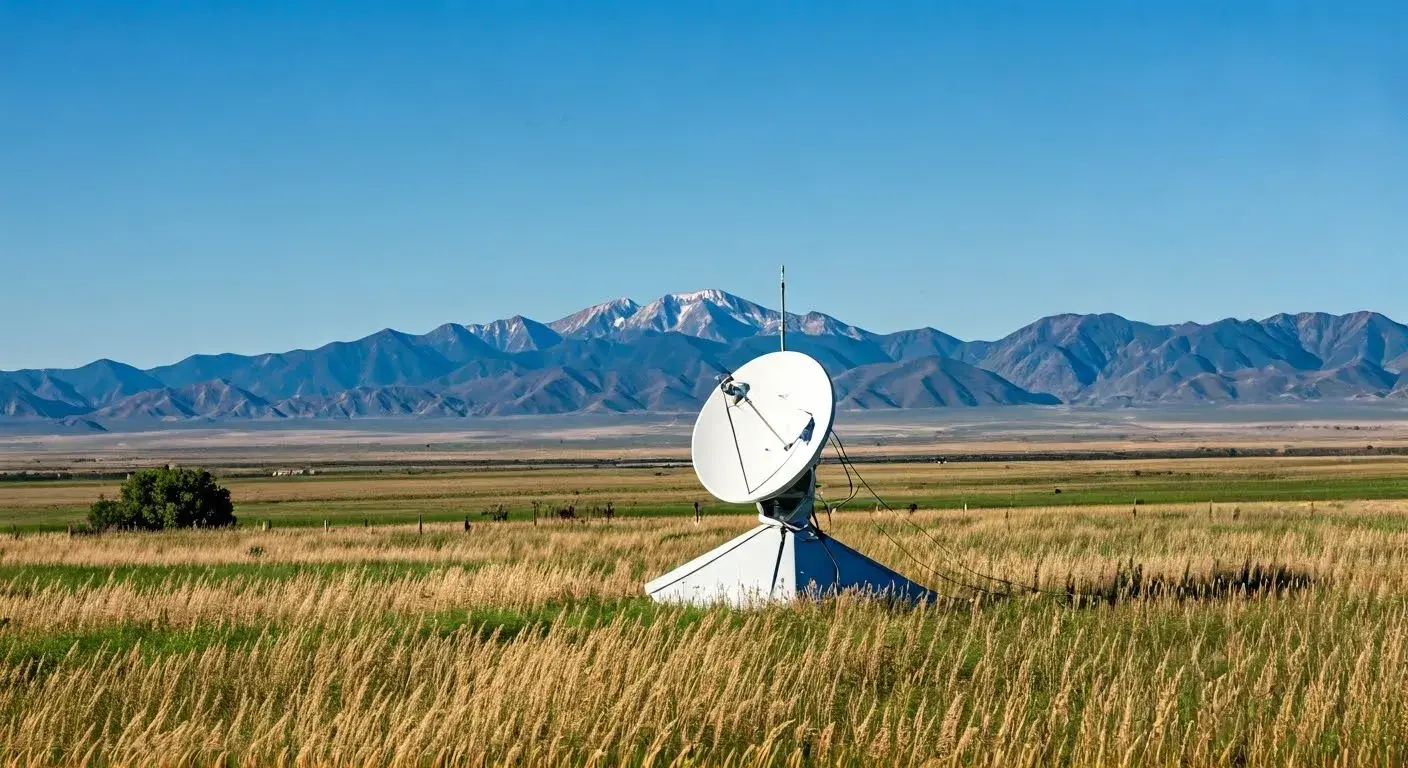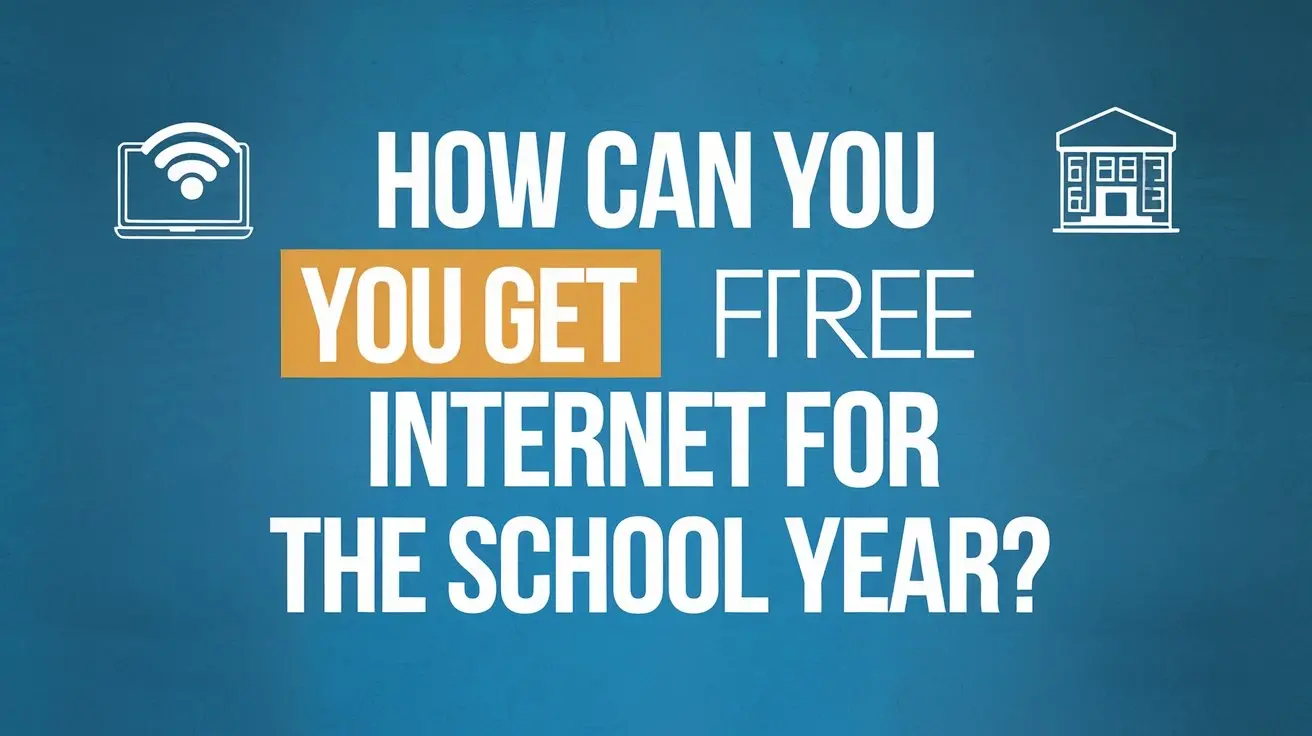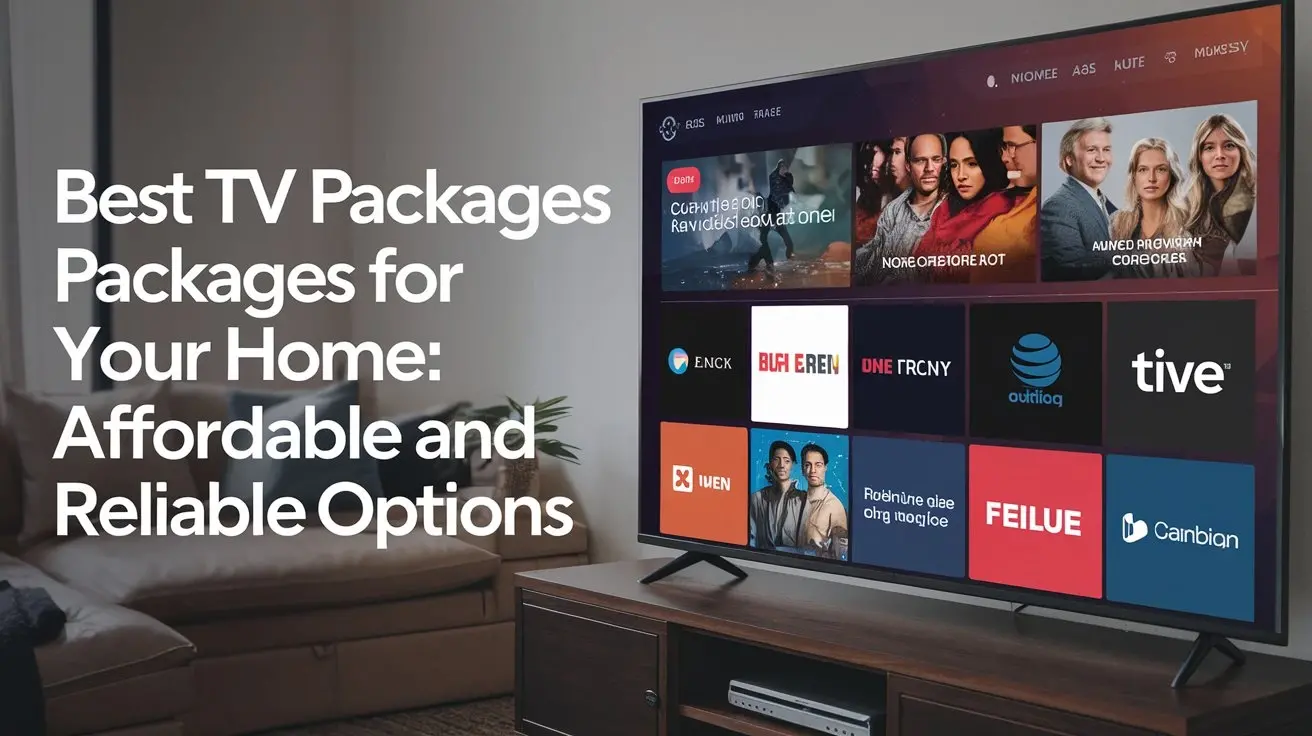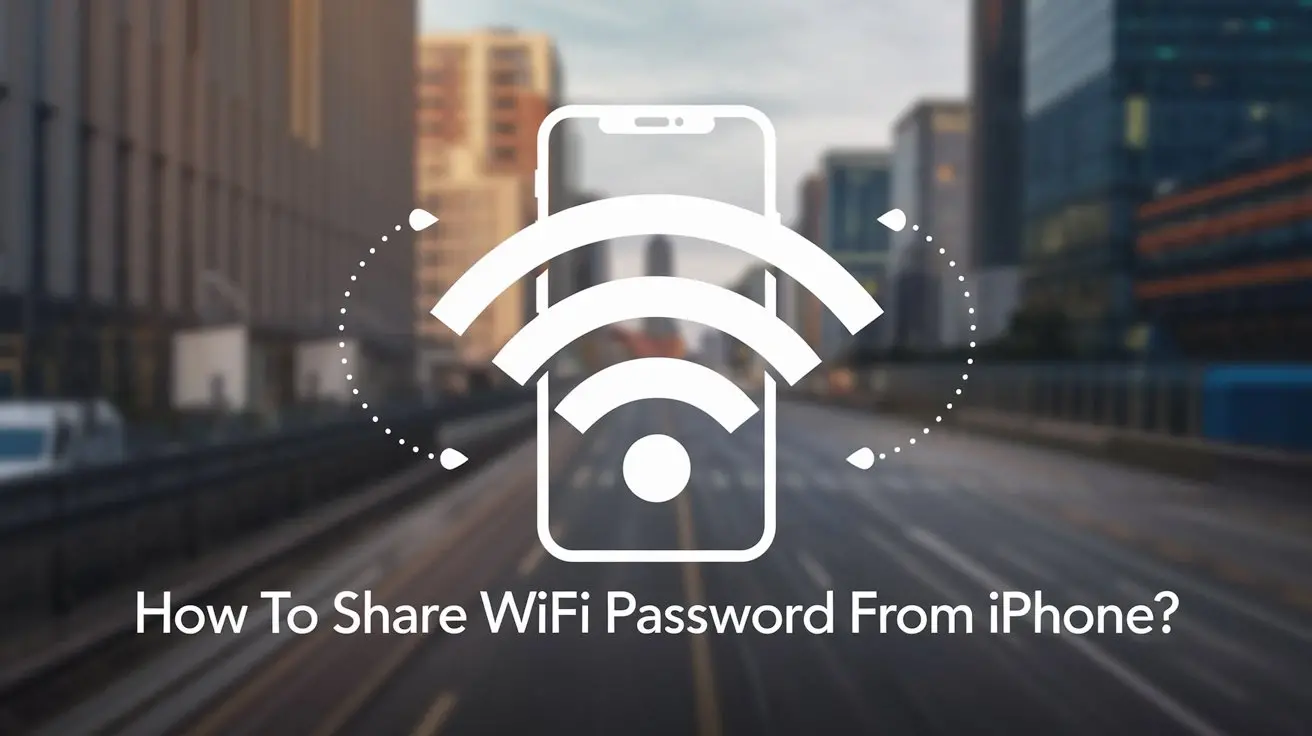-
Posted on: 16 May 2025

-
In today’s hyper-connected world, reliable internet access is no longer a luxury—it’s a necessity. From remote work and online education to streaming entertainment and staying in touch with loved ones, the internet powers nearly every aspect of modern life. Yet, for millions living in rural or underserved areas, traditional broadband options like cable or fiber are often unavailable or prohibitively expensive. Enter affordable satellite internet, a game-changing solution that’s bridging the digital divide and bringing high-speed connectivity to even the most remote corners of the globe.
In this blog, we’ll explore what makes satellite internet an affordable and viable option, how it works, its benefits and challenges, and why it’s becoming a go-to choice for households and businesses seeking cost-effective internet solutions.
What Is Satellite Internet?
Satellite internet delivers connectivity through satellites orbiting Earth, eliminating the need for terrestrial infrastructure like cables or phone lines. Here’s a quick breakdown of how it works:
-
Satellites in Orbit: Internet providers operate satellites in geostationary or low Earth orbit (LEO). These satellites communicate with ground stations and user terminals (dishes) installed at homes or businesses.
-
User Equipment: A small satellite dish and modem are installed at the user’s location. The dish sends and receives signals to the satellite, which relays data to ground stations connected to the global internet.
-
Data Transmission: When you browse, stream, or video call, your request travels from your device to the satellite, then to a ground station, and back, enabling seamless internet access.
Unlike traditional broadband, satellite internet can reach virtually anywhere with a clear view of the sky, making it ideal for rural, remote, or underserved regions.
The Rise of Affordable Satellite Internet
Historically, satellite internet was criticized for high costs, slow speeds, and high latency (the time it takes for data to travel). However, recent advancements have transformed the industry, making satellite internet more affordable and efficient than ever. Companies like Starlink, HughesNet, and Viasat are leading the charge, offering competitive pricing and improved performance.
For example, Starlink, a service by SpaceX, has disrupted the market with its low Earth orbit (LEO) satellite constellation, delivering high-speed internet at lower costs. Posts on X highlight Starlink’s offerings, such as the Starlink Mini, which provides speeds over 100 Mbps for as low as $50 per month in select markets, with no long-term contracts. Other providers like HughesNet offer plans starting at $49.99 per month, catering to budget-conscious users.
These advancements have made satellite internet a compelling option for those seeking affordability without sacrificing performance.
Why Choose Affordable Satellite Internet?
Here are the key reasons why satellite internet is an attractive choice for cost-conscious consumers:
1. Accessibility in Remote Areas
-
Satellite internet is a lifeline for rural households, farmers, and businesses where cable or fiber isn’t an option. Whether you’re in a remote mountain cabin or a desert outpost, a satellite dish can connect you to the world.
-
For example, Starlink’s Community Gateways bring high-speed internet to remote communities, ensuring even isolated regions stay connected.
2. Competitive Pricing
-
Providers are now offering plans that rival traditional broadband in cost. For instance, Starlink’s Standard Kit is available for $0 with a 12-month commitment in select markets, with service starting at $40 per month.
-
HughesNet and Viasat also provide budget-friendly plans, with options for lower data caps to keep costs down for light users.
3. No Infrastructure Costs
-
Unlike fiber or cable, which require expensive infrastructure like underground cables, satellite internet only needs a dish and a modem. This reduces setup costs for users and providers, translating to lower prices.
4. Improved Speeds and Latency
-
Modern satellite systems, especially LEO-based ones like Starlink, offer download speeds ranging from 50 to 500 Mbps, rivaling traditional broadband. Latency has also dropped significantly, with Starlink reporting 20-40 milliseconds, suitable for gaming and video calls.
-
This makes satellite internet viable for bandwidth-intensive tasks like streaming 4K content or remote work.
5. Flexible Plans
-
Many providers offer no-contract plans and trial periods. Starlink, for instance, provides a 30-day trial with easy self-installation, giving users the flexibility to test the service.
Challenges of Satellite Internet
While affordable satellite internet has many advantages, it’s not without challenges. Understanding these can help you decide if it’s the right fit:
1. Weather Sensitivity
-
Satellite signals can be disrupted by heavy rain, snow, or storms, potentially causing temporary slowdowns or outages. However, modern systems are designed to minimize these disruptions.
2. Data Caps
-
Some providers, like HughesNet, impose data caps on lower-tier plans, which may limit heavy users. Starlink offers unlimited data on most plans, but costs can increase for high-bandwidth needs.
3. Upfront Costs
-
While monthly fees are competitive, the initial cost of equipment (e.g., a satellite dish and modem) can be a hurdle. Starlink’s hardware, for example, typically costs $599, though promotions like the $0 Standard Kit reduce this barrier.
4. Latency for Specific Applications
-
While latency has improved, it may still be higher than fiber or cable, which could affect real-time applications like competitive gaming or high-frequency trading. For most users, however, this is negligible.
Who Benefits Most from Affordable Satellite Internet?
Satellite internet is ideal for:
-
Rural Residents: Families in areas without broadband access can now enjoy high-speed internet for education, work, and entertainment.
-
Small Businesses: Remote businesses, such as farms or lodges, can leverage satellite internet for online sales, customer engagement, and operations.
-
Travelers and Nomads: Starlink’s roaming plans, like the Starlink Mini, cater to RV campers, boaters, and digital nomads needing connectivity on the go.
-
Developing Regions: Communities in underserved areas benefit from initiatives like Starlink’s Community Gateways, which provide high-speed access to schools and clinics.
Tips for Choosing an Affordable Satellite Internet Provider
With multiple providers in the market, here’s how to select the best one for your needs:
-
Compare Speeds and Pricing: Look for plans that balance speed and cost. Starlink offers high speeds but may be pricier, while HughesNet is more budget-friendly for lighter users.
-
Check Data Policies: Ensure the plan suits your data needs. Unlimited data is ideal for heavy users, while capped plans work for casual browsing.
-
Evaluate Setup Costs: Consider upfront costs and promotions. Starlink’s $0 hardware deal or HughesNet’s leased equipment options can lower initial expenses.
-
Read Reviews: Check user feedback on platforms like X to gauge reliability and customer service. Starlink, for example, is praised for its speed and ease of use.
-
Test the Service: Opt for providers with trial periods or no-contract plans to ensure the service meets your expectations.
The Future of Affordable Satellite Internet
The satellite internet industry is poised for explosive growth. With companies like Amazon’s Project Kuiper and OneWeb entering the market, competition will likely drive prices down further while improving speeds and reliability. Starlink’s ambitious plans, such as offering 10 Gbps speeds for enterprise users, signal a future where satellite internet could rival or surpass traditional broadband.
Moreover, initiatives to connect underserved regions will expand access, narrowing the digital divide. As technology advances, we can expect even lower latency, better weather resilience, and more affordable hardware, making satellite internet a mainstream choice.
Conclusion
Affordable satellite internet is revolutionizing connectivity, offering high-speed access to those who need it most. With competitive pricing, improved performance, and widespread availability, providers like Starlink, HughesNet, and Viasat are making it easier than ever to stay connected, no matter where you are. While challenges like weather sensitivity and upfront costs remain, the benefits—accessibility, flexibility, and performance—make satellite internet a compelling option.
If you’re considering satellite internet, compare providers, assess your needs, and take advantage of promotions to find the best deal. The future is bright for this technology, and now is the perfect time to explore how it can transform your digital life.
Ready to connect? Check out providers like Starlink or HughesNet to find a plan that fits your budget and brings the internet to your doorstep!
Call on (855) 212-8877 for satellite Internet now
-





